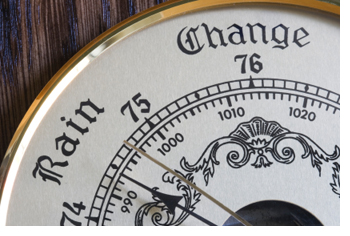 In just a few days, we’ll have to flip our calendars from February to March. It’s no secret that February flies by too quickly, even in a leap year like 2012. But why is February so much shorter than the other months? And what’s the story behind leap year, anyway? This week’s links seek out the answers.
In just a few days, we’ll have to flip our calendars from February to March. It’s no secret that February flies by too quickly, even in a leap year like 2012. But why is February so much shorter than the other months? And what’s the story behind leap year, anyway? This week’s links seek out the answers.
?February hath 28 days,? the old saying goes. But why is the month shorter than any other on the calendar? This Slate.com article offers some historical answers and theories.
We all have a loose idea of why we need to add a day to the calendar once every four-ish years?something to do with the earth, moon, and sun. This New York Times article sorts it all out and gives some fascinating historical background on calendar history.
Want some further confusion? Over the past few decades, scientists have realized that we can’t accurately rely on earth’s rotations and revolutions as a sole determinant of time. That’s because the earth’s speed is variable, depending on changing mass and even weather patterns. The result: the more recent practice of adding or subtracting several seconds each year, if needed. This article from Britain’s National Maritime Museum explains the science behind it.


